Neoria

The Stone Garages of Heraklion In the heart of Heraklion’s old harbor stand the weathered arches of the Neoria—centuries-old “garages” for Venetian galleys. These massive, vaulted structures once echoed with the sounds of hammers and timber, serving as the naval lifeline of a Mediterranean empire. Built between the 15th and 17th centuries during Venetian rule […]
From Ashes to Resistance

The Refugee Neighborhoods of Kaisariani and Vyronas How Asia Minor refugees transformed the social and political landscape of modern Athens In the early 1920s, following the catastrophic end of the Asia Minor Campaign and the Treaty of Lausanne (1923), Greece absorbed over 1.2 million refugees from the former Ottoman Empire — many of them Greek-speaking […]
The Venetian Rule in the Ionian Islands

A Different Kind of Occupation While most of mainland Greece endured centuries of Ottoman rule, the Ionian Islands experienced a markedly different fate. From the 14th to the late 18th century, they came under the control of the Republic of Venice—a maritime empire that governed not through conquest alone but through commerce, diplomacy, and cultural […]
Saint Nicholas Orphanos in Thessaloniki
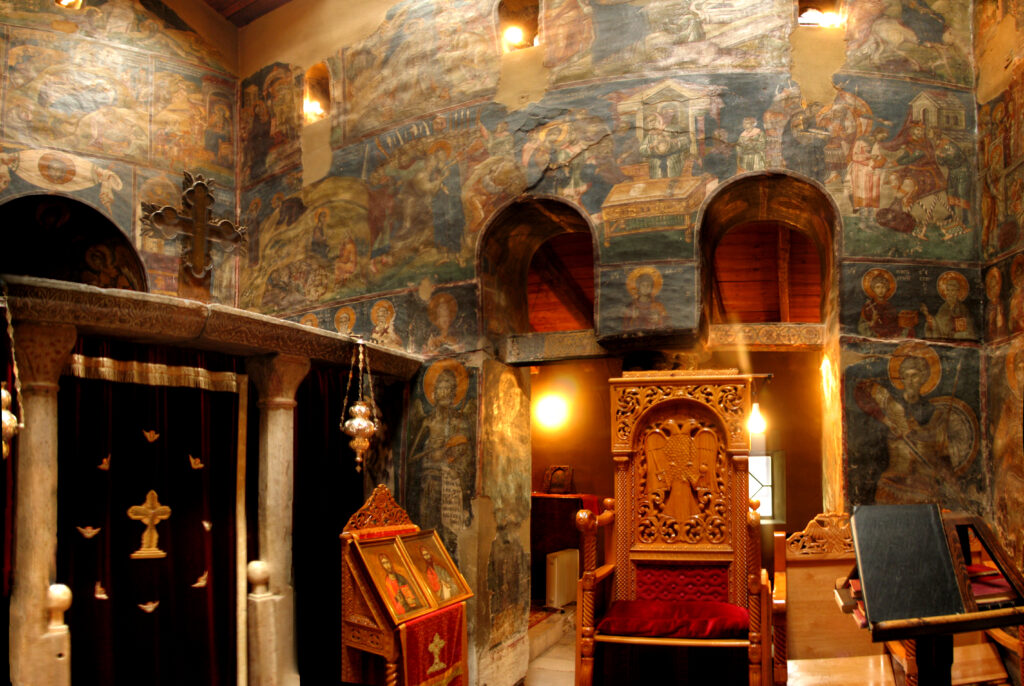
A Late Byzantine Gem in the Heart of the Upper City The Church of Saint Nicholas Orphanos, located in the quiet alleys of the Upper Town (Ano Poli) of Thessaloniki, is one of the finest examples of late Byzantine religious art and architecture. Built in the early 14th century, during the reign of Emperor Andronikos […]
The Cult of Serapis

A Greco-Egyptian Deity in the Roman World The cult of Serapis represents one of the most fascinating religious syncretisms of the ancient Mediterranean, blending Greek and Egyptian religious traditions into a single, powerful deity worshiped throughout the Greco-Roman world. Created in the 3rd century BC during the reign of Ptolemy I in Egypt, Serapis was […]
Part II: Decline and Legacy of the Antigonids
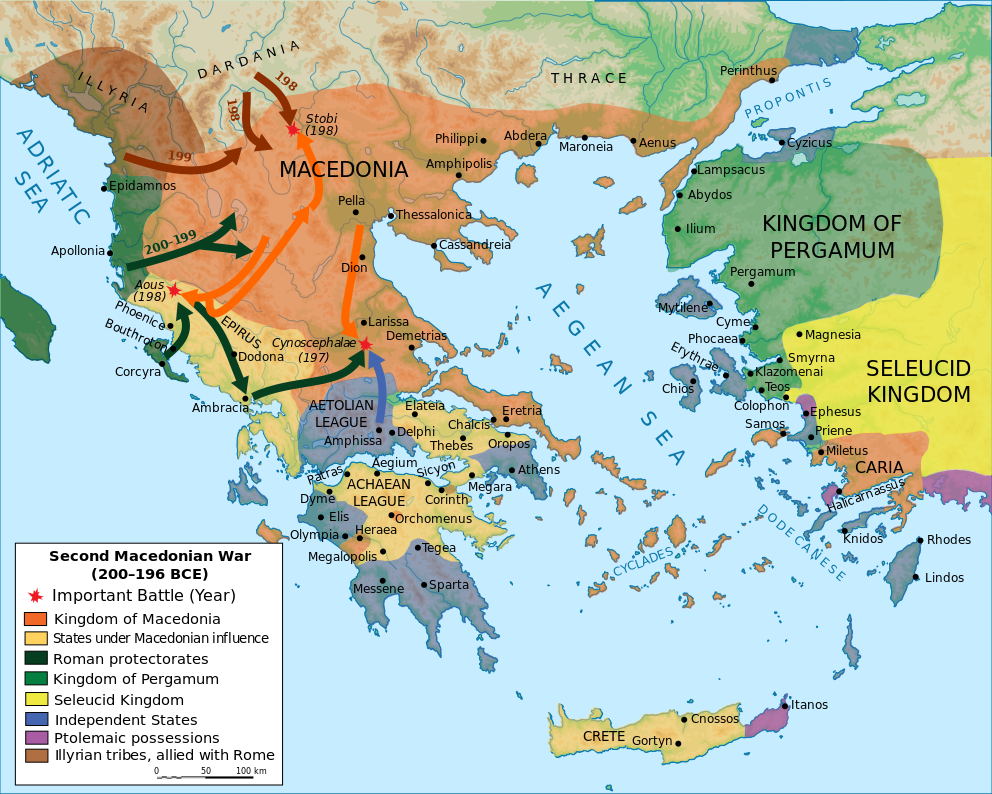
The Final Blow and the Legacy of Macedonia’s Last Dynasty One of the most ambitious rulers of the Antigonid line was Philip V (reigned 221–179 BC), a king who sought to restore Macedonian dominance in the Aegean and western Asia. Charismatic and energetic, Philip engaged in both military campaigns and diplomatic maneuvers. However, his expansionist […]
Under the Acropolis
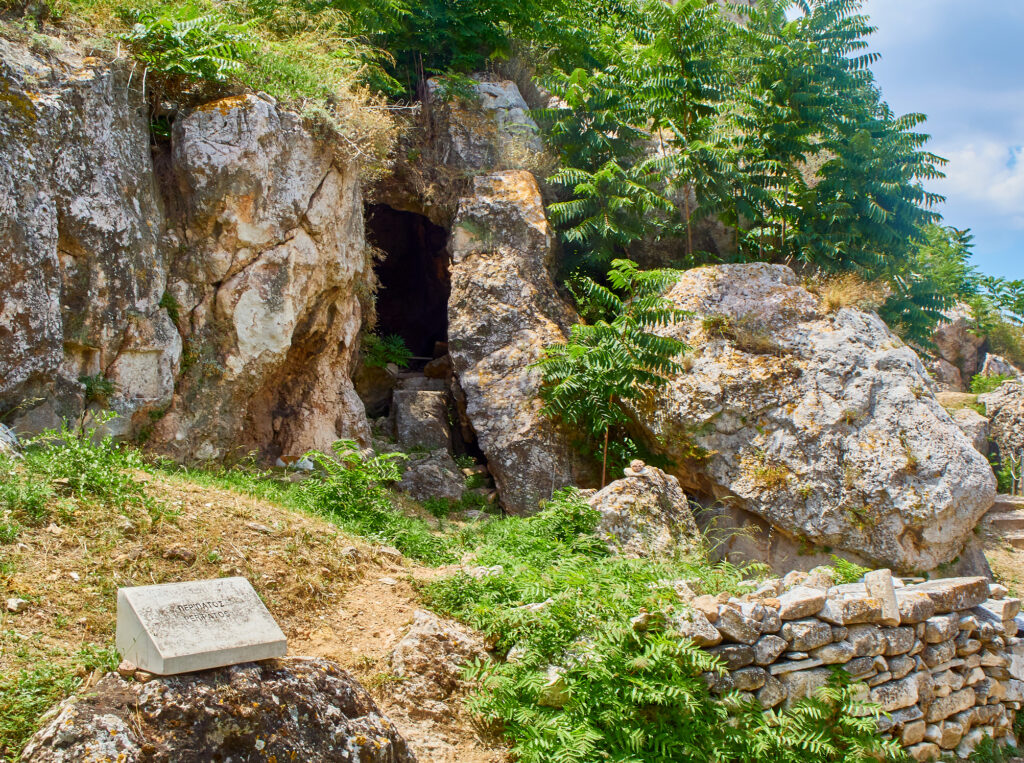
The legacy of the secret cave Beneath the Acropolis in Athens, a secret cave was believed to exist, known for its historical significance and its association with ancient mythology. The cave, hidden for centuries, was said to contain treasures from a lost civilization, including artifacts that might have belonged to deities worshipped in antiquity. Archaeologists […]
Beyond Colonies
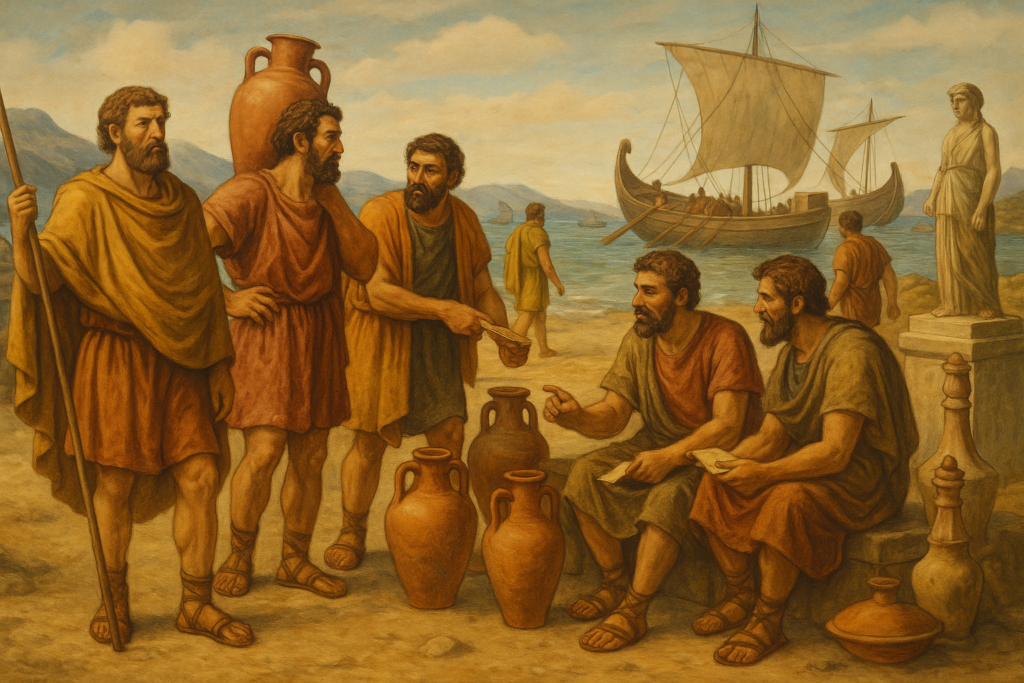
Greek Migration and the Quiet Diaspora (7th–6th Century BC) Not all great journeys begin with orders from a city-state. In the 7th and 6th centuries BC, the Greek world expanded not just through formal colonization but through something more personal—and often more unpredictable: independent migration. This was a time when many Greeks took to the […]
Kavousi Kastro
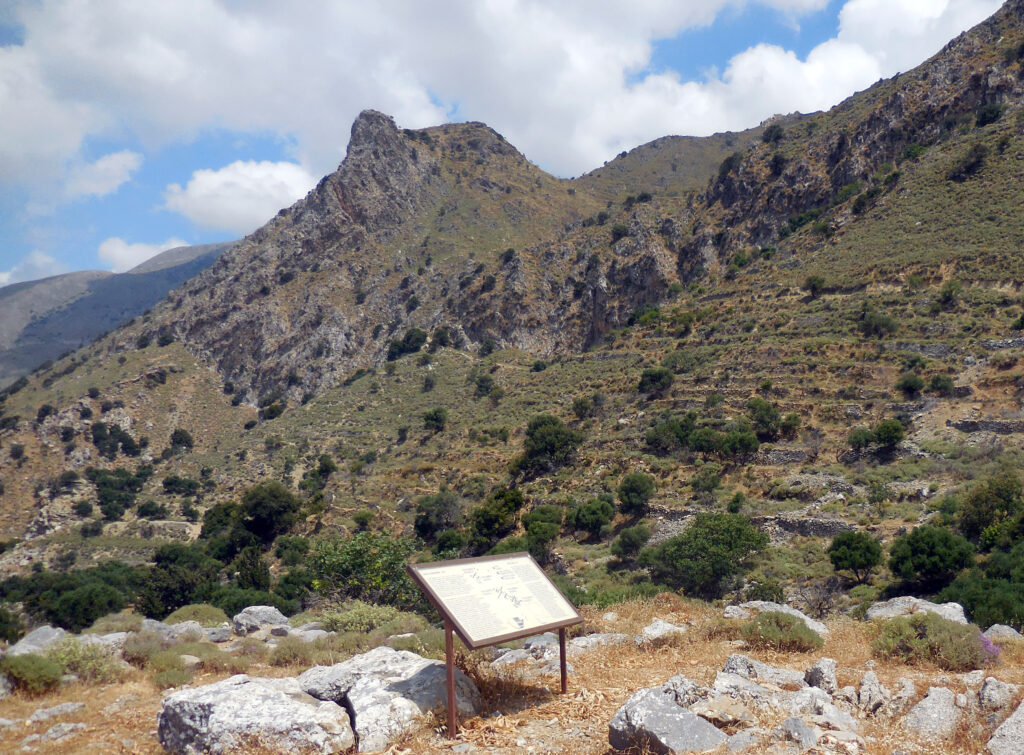
Life on a Hilltop in Dark Age Crete (1100–700 BC) A fortified Early Iron Age settlement, not a medieval castle High in the hills of eastern Crete lies a site that quietly reshapes what we think we know about the so-called Greek Dark Ages. Known as Kavousi Kastro (from the Greek word kastro, meaning “fort” […]
Unveiling the Palace of Zakros – Part II
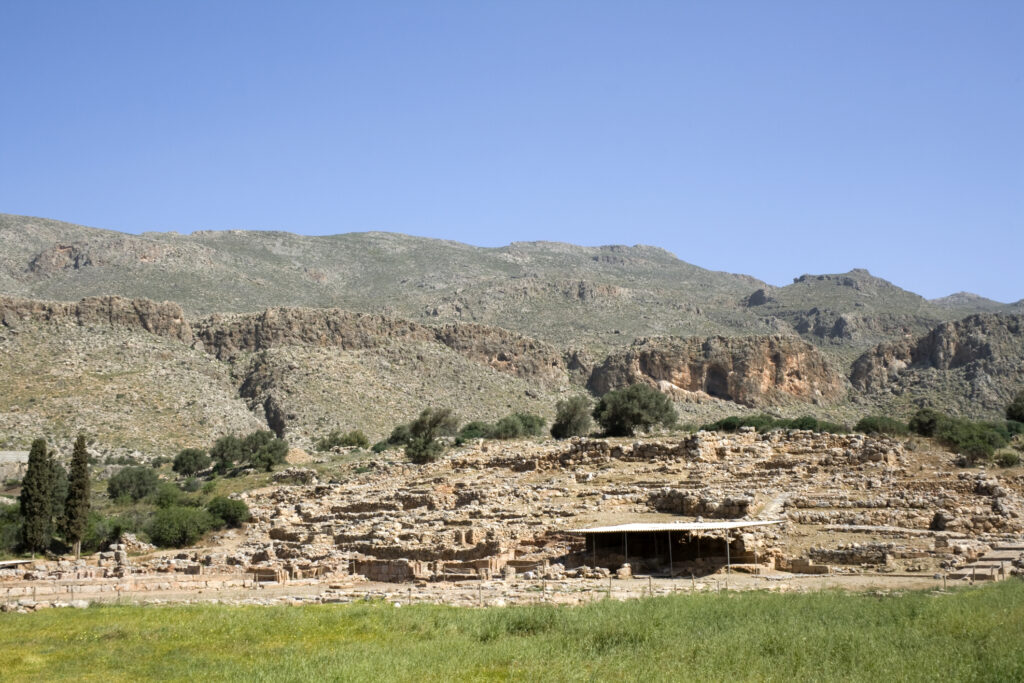
Sacred Spaces and Social LifeReligion, Ritual, and Community in Minoan Crete Following the economic and architectural overview in Part I, this second installment turns to the social and spiritual fabric of the Palace of Zakros—a space not only for governance and trade, but also for worship, ceremony, and communal life. Religious practices were deeply embedded […]
